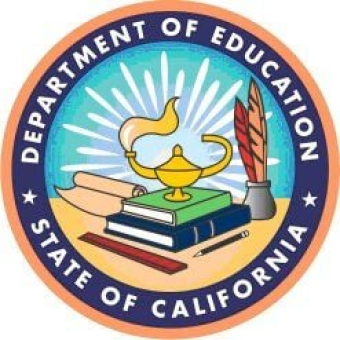Thank you for exploring this site and providing feedback. We know how valuable your role is in the lives of students with disabilities and want to know how the resources of this initiative support you in providing alternative means of expression within content instruction.
Understanding the Role of General Education and Special Education
Collaboration between special education and general education teachers is critical in the instruction of students with disabilities. Giving students with disabilities alternative methods to demonstrate proficiency in their learning can enhance core teaching practices and strengthen teachers’ expertise in providing a variety of assessment methods, including performance tasks.
Please share your insights about:
- A resource’s effectiveness in facilitating alternative means of expression for students
- How well the tools and strategies support collaborative teaching efforts between special and general education teachers
- Any gaps or challenges you encounter while using these resources in your teaching practice
- Suggestions for improving the accessibility and usefulness of these tools for both educators and students
- How useful these tools and resources are for decision-making, both generally in instruction and specifically when defining support for students within their IEP meeting.
Review and provide feedback on the practice briefs linked below and review the High-Level Guidance Overview Page.
- To what degree is the guidance provided in these resources useful to your subject area?
Explore the content and course examples most relevant to your work. Review and provide feedback on the following:
- To what degree have big ideas been unpacked well and in alignment to the frameworks and standards?
- To what degree are alternative means of expression (where applicable) useful in identifying whether students have met proficiency levels?
Explore content and course examples for coursework outside the content you usually focus on to provide feedback on the following:
- The degree big ideas have been clearly unpacked.
- The degree alternate means options are clear and actionable.
Additionally, please consider adding your own examples of viable alternative means options that satisfy the requirements of big ideas you teach in the Bring Your Own Task (BYOT) section of each big idea.
Thank you for your important role and continued partnership in shaping an educational landscape where every student can thrive.
Learn more:

Step 1: Pick your path
Start at one of two entry points to explore different routes to fulfilling graduation-based coursework
VIEWPOINT
Option 1: Explore New State Recommended Guidance
Increase your understanding of the state-recommended big picture guidance to provide rigorous and standard-based instruction that still meets the child-centered learning needs of students with disabilities.
SUMMIT TRAIL
Option 2: Discover Sample Coursework
Access coursework, performance tasks, and other tools developed by subject experts that help students meet graduation requirements by showing what they know in flexible ways.

